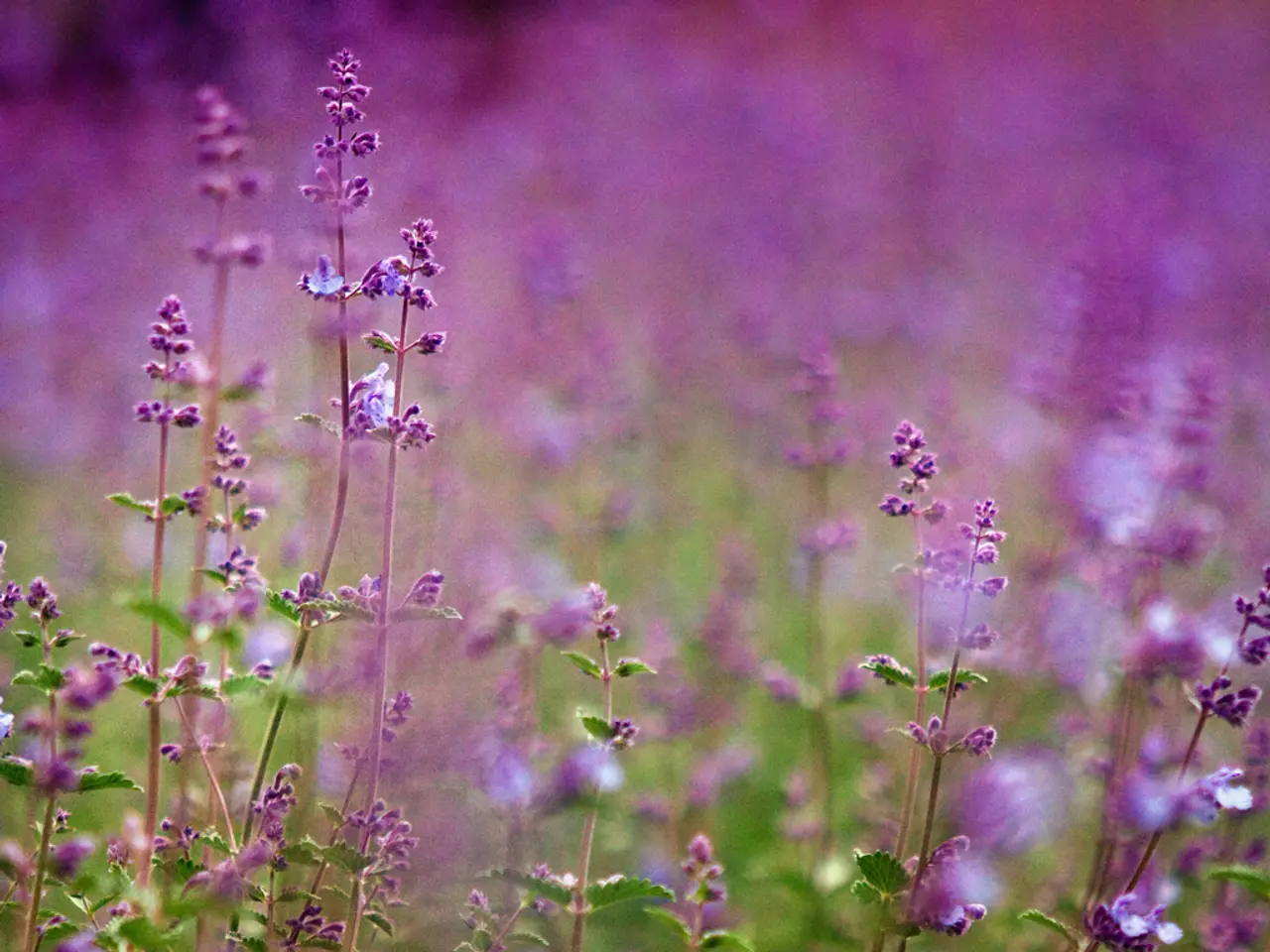Comparing Russian Sage and Lavender: Which One Offers More Color or Fragrance?
**Article Title: Russian Sage vs. Lavender: A Comparative Guide for Low-Maintenance, Color, and Fragrance**
When it comes to low-maintenance plants that offer both color and fragrance across various climates and growing conditions, Russian sage and lavender stand out as excellent choices. Each plant has unique characteristics that make it more suitable for specific needs.
### **Russian Sage**
Known for its delicate grayish-green foliage and small, lavender-blue flowers, Russian sage (Salvia yangii, formerly Perovskia atriplicifolia) is a taller plant, reaching heights of up to 1.5 meters (5 feet). It pairs well with ornamental grasses and succulents, adding a dramatic effect to landscapes.
Russian sage thrives in full sun (at least 6 hours of direct sunlight) and well-drained soil, similar to lavender. Once established, it has low water needs, making it drought-tolerant. It also has a sage-like fragrance and is a favorite for pollinators. Suitable for tough planting sites and cold-hardy varieties are available for cooler climates.
### **Lavender**
Lavender plants, native to the Mediterranean, are known for their fragrant purple flowers and the Mediterranean vibe they bring to gardens. They are generally shorter than Russian sage, typically growing 1-2 feet tall.
Lavender prefers full sun and dry, well-drained soil, making it highly drought-tolerant. Its deep roots help it survive in dry conditions. Lavender is renowned for its intense fragrance, which helps repel mosquitoes and attracts pollinators.
Lavender can thrive in a variety of climates but prefers warmer, drier conditions. Suitable for USDA zones 5 to 10, it can struggle with root rot in heavy or wet soil and requires good drainage, especially in winter.
### **A Closer Look**
Russian sage's deep root system helps it thrive in drought conditions, making it more tolerant of poor soils and of slightly more moisture than lavender. The lacy blue flowers and silvery foliage of Russian sage give gardens a soft texture.
Lavender, on the other hand, is more suitable for gardeners seeking stronger fragrance and mosquito-repellent properties. Spanish lavender features unique "rabbit ear" bracts. Lavender blooms from late spring to early summer, while Russian sage blooms from mid-summer to early fall.
Both perennials require minimal maintenance once established. Many gardeners choose Russian sage for its resilience and lavender for its fragrance and versatility. Pruning is necessary for both plants: prune Russian sage in early spring as well, especially after new growth appears, and prune lavender in early spring to encourage new growth and prevent woody stems.
In conclusion, Russian sage is more suitable for gardeners seeking taller plants for dramatic landscape effects, slightly moister conditions, and cold-hardy varieties for cooler climates. Lavender, on the other hand, is more suitable for gardeners seeking drier conditions, stronger fragrance, and mosquito-repellent properties, and warmer climates within USDA zones 5 to 10. Ultimately, the choice between Russian sage and lavender depends on specific garden needs regarding climate, soil conditions, and desired appearance.
- Technology can be used to monitor the moisture levels in soil to ensure optimal growing conditions for plants like Russian sage and lavender, offering a more efficient lifestyle for home-and-garden enthusiasts.
- When planning a home-and-garden space that incorporates both Russian sage and lavender, one might consider using these resilient perennials to create distinct areas within the garden, with Russian sage providing tall, dramatic effects and lavender offering a strong fragrance and mosquito repellent properties.




